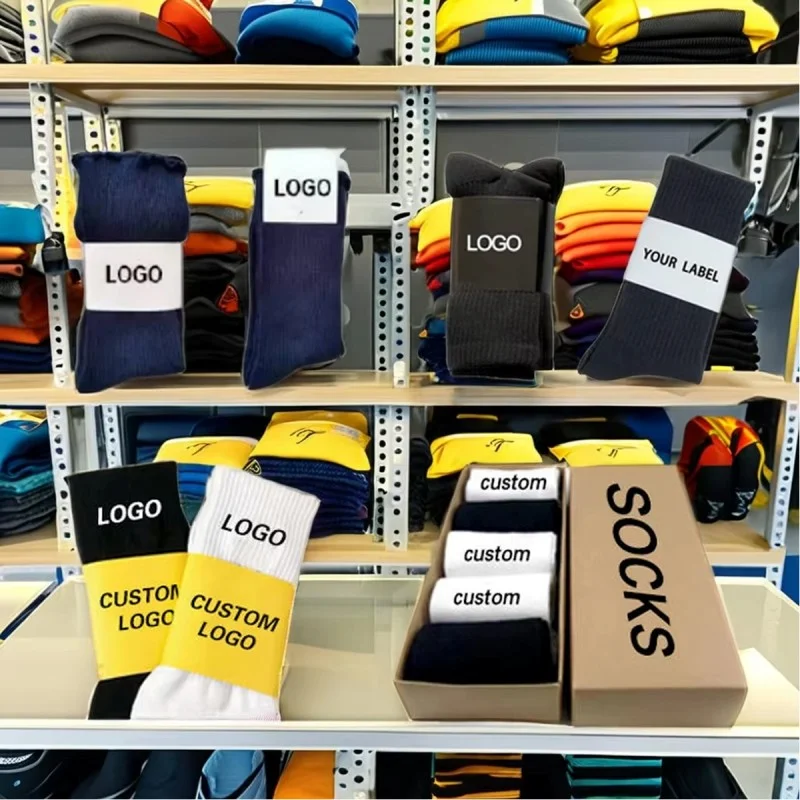When it comes to athletic wear and active lifestyle apparel, the choice of fabric can significantly influence performance, comfort, and overall experience. Among the most popular materials are polyester and Dri-Fit, a proprietary fabric developed by Nike. This article delves into the characteristics, advantages, and disadvantages of both polyester and Dri-Fit, helping you determine which fabric is better suited for your needs.
Understanding Polyester
Polyester is a synthetic fabric derived from petroleum-based products. It is widely used in the textile industry due to its durability, resistance to shrinking and stretching, and quick-drying properties. Here are some key characteristics of polyester:
- Durability: Polyester is known for its strength and resilience. It can withstand wear and tear, making it an excellent choice for sportswear and outdoor gear.
- Moisture Management: While polyester itself is not inherently moisture-wicking, it can be engineered to enhance moisture management. This is achieved through various treatments that allow the fabric to draw moisture away from the skin, keeping the wearer dry.
- Breathability: Polyester can be breathable, but its performance largely depends on the weave and finish. Some polyester fabrics may trap heat, while others allow for better airflow.
- Ease of Care: Polyester is easy to wash and dries quickly, making it a practical choice for active individuals who require low-maintenance clothing.
Exploring Dri-Fit Technology
Dri-Fit is a specific type of polyester fabric developed by Nike, designed to enhance athletic performance. It incorporates advanced moisture-wicking technology that draws sweat away from the skin to the fabric's surface, where it can evaporate more easily. Here are some defining features of Dri-Fit:
- Superior Moisture Management: Dri-Fit excels in moisture-wicking capabilities, keeping athletes dry and comfortable during intense workouts. This is particularly beneficial in high-sweat activities like running, cycling, and team sports.
- Lightweight and Comfortable: Dri-Fit fabrics are engineered to be lightweight, providing a second-skin feel that allows for unrestricted movement. This is crucial for athletes who require flexibility and comfort during performance.
- Thermoregulation: Dri-Fit technology helps regulate body temperature by promoting airflow and moisture evaporation. This feature is essential for maintaining optimal performance levels in varying environmental conditions.
- Stylish Design Options: Nike's Dri-Fit line often features modern designs and a variety of colors, appealing to consumers who value aesthetics as much as functionality.
Comparing Performance and Comfort
When evaluating which fabric is better—polyester or Dri-Fit—it's essential to consider the specific context in which the fabric will be used. Here are some factors to weigh:
- Activity Level: For high-intensity workouts or sports, Dri-Fit is often the superior choice due to its advanced moisture-wicking properties and lightweight feel. However, for casual wear or lower-intensity activities, standard polyester may suffice.
- Environmental Conditions: In hot and humid climates, Dri-Fit’s breathability and moisture management can provide a significant advantage. Conversely, in cooler conditions, polyester can offer warmth and insulation when layered appropriately.
- Budget Considerations: Polyester is generally more affordable than Dri-Fit, making it a practical option for those on a budget. However, investing in Dri-Fit may yield better performance and comfort for serious athletes.
- Personal Preference: Ultimately, the choice between polyester and Dri-Fit may come down to personal preference. Some individuals may prefer the feel of one fabric over the other, regardless of performance metrics.
Conclusion: Making the Right Choice
In conclusion, both polyester and Dri-Fit have their unique advantages and applications. For athletes seeking optimal performance, especially in high-sweat environments, Dri-Fit is likely the better choice due to its superior moisture management and comfort. On the other hand, for casual wear or budget-conscious consumers, polyester remains a durable and versatile option.
When selecting athletic apparel, consider your specific needs, activity level, and environmental conditions. By understanding the strengths and weaknesses of each fabric, you can make an informed decision that enhances your performance and comfort in any activity. Whether you choose polyester or Dri-Fit, investing in quality fabrics will undoubtedly elevate your active lifestyle.

